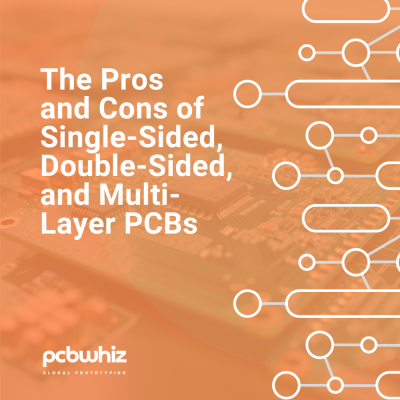The Pros and Cons of Single-Sided, Double-Sided, and Multi-Layer PCBs
Quendler
Posted on June 15, 2023
In this article, we will delve into the pros and cons of three popular types of PCBs: single-sided, double-sided, and multi-layer PCBs. By understanding the characteristics and trade-offs associated with each type, design engineers can make informed decisions that align with their project requirements and constraints.

1. Single-Sided PCBs
Single-sided PCBs are the simplest and most cost-effective option for many applications. They consist of a single conductive layer on one side of the insulating substrate. Let's explore their advantages and limitations.
Pros:
- Cost-effective production due to their simplicity and lower manufacturing complexity.
- Suitable for simpler electronic devices with fewer components and lower circuit complexity.
- Easier to design and troubleshoot, especially for novice engineers.
- Ample space for larger components and traces.
Cons:
- Limited routing space restricts the complexity of the circuit design.
- Less suitable for high-density applications or devices requiring higher functionality.
- Prone to noise and interference due to the lack of shielding.
2. Double-Sided PCBs
Double-sided PCBs offer increased flexibility and improved circuit complexity compared to single-sided boards. They have two conductive layers separated by an insulating substrate, allowing for more complex circuitry.
Pros:
- Increased routing space and component density compared to single-sided PCBs.
- More versatile in terms of circuit complexity, making them suitable for a wide range of applications.
- Enhanced noise reduction and better signal integrity due to the ability to implement a ground plane.
Cons:
- Higher manufacturing complexity and cost compared to single-sided PCBs.
- More challenging to design, especially with respect to component placement and trace routing.
- Potential for signal interference between the top and bottom layers.
3. Multi-Layer PCBs
Multi-layer PCBs offer the highest level of circuit complexity and density. They consist of three or more conductive layers separated by insulating layers, providing ample space for intricate designs and high functionality.
Pros:
- High component density and increased routing space, allowing for complex and compact designs.
- Excellent signal integrity and noise reduction due to dedicated power and ground planes.
- Ability to implement advanced features like impedance control and high-speed signaling.
- Enhanced thermal management capabilities.
Cons:
- Higher manufacturing cost and complexity compared to single-sided and double-sided PCBs.
- More challenging to design, requiring advanced knowledge and expertise.
- Difficult to troubleshoot and repair due to the multiple layers.
When selecting the appropriate type of PCB for a specific project, it is crucial to consider the requirements, constraints, and trade-offs involved. Single-sided PCBs are cost-effective and suitable for simpler applications, while double-sided PCBs offer increased flexibility. Multi-layer PCBs excel in high-density and high-functionality designs but come with higher manufacturing complexity and cost.
It is essential to evaluate the project's needs carefully and balance factors such as cost, functionality, signal integrity, and manufacturing feasibility. By understanding the pros and cons of single-sided, double-sided, and multi-layer PCBs, you can make informed decisions that lead to successful PCB designs and reliable electronic products.
Remember, every project is unique, and consulting with experienced PCB manufacturers and design engineers can provide valuable insights and guidance tailored to your specific requirements.
If you found this article informative, stay tuned for more in-depth discussions on various aspects of PCB design and manufacturing.



